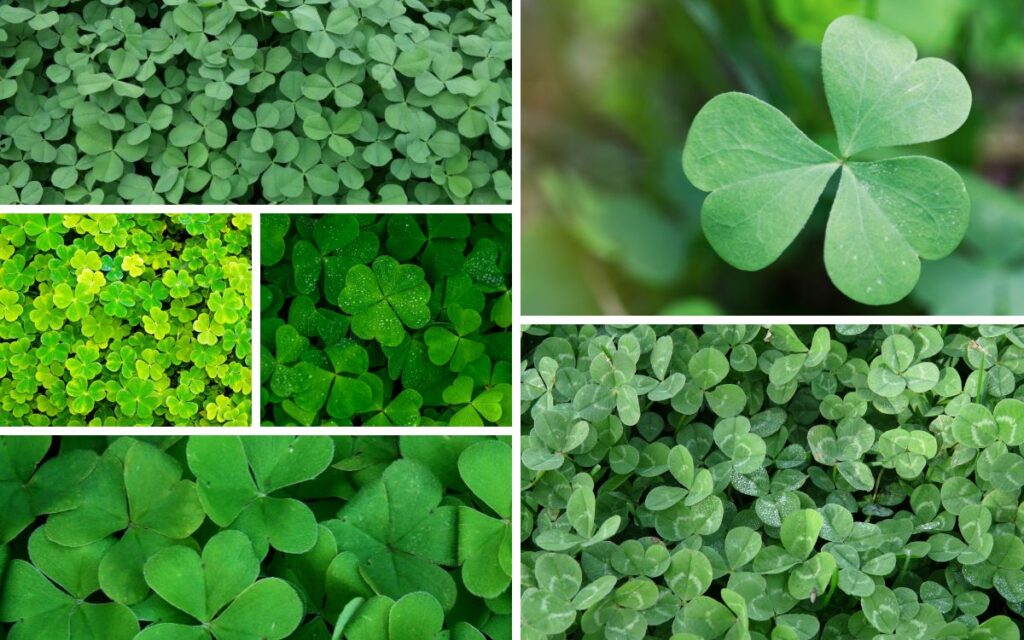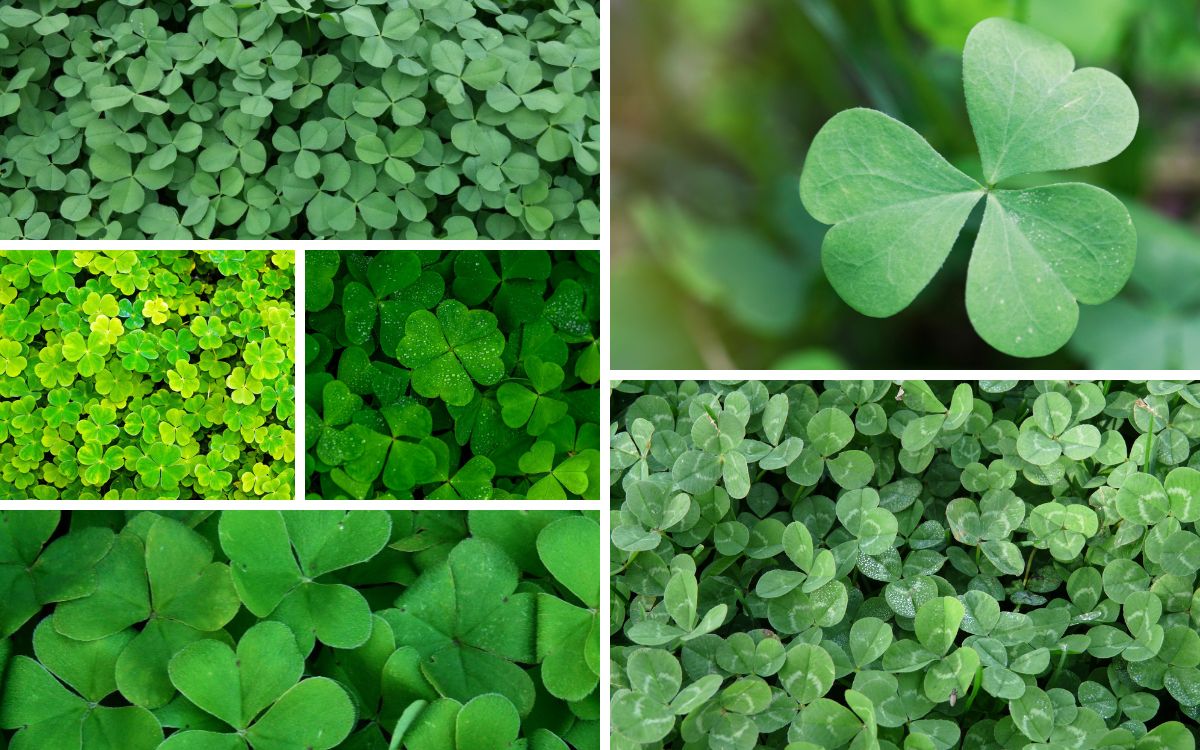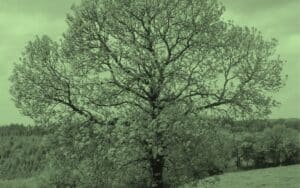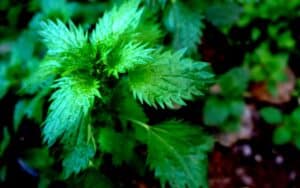It’s St Patrick’s Day, so we’re taking a fun look at Shamrock and Clover folklore and superstitions

Shamrock and Clover Superstitions
Please note, for the purposes of this article, we’re using the words shamrock and clover interchangeably. But so you know…
Shamrocks and Clover are not the same
While many people use the terms interchangeably, shamrocks and clover are different plants.
Shamrock refers specifically to the three-leafed variety of clover, known as Trifolium dubium.
Clover, on the other hand, is a broader term that encompasses various species with three or four leaves.
There’s significance of three leaves
Shamrocks are deeply rooted in Irish folklore, where they are believed to have been used by St Patrick to explain the Holy Trinity (Father, Son, and Holy Spirit) to the Irish people during his mission to convert them to Christianity. Each leaf represented one part of the Trinity.
Four-leaf clovers are considered very lucky to find
Finding a four-leaf clover is considered exceptionally lucky in many cultures. Each leaf is said to represent a different virtue: faith, hope, love, and luck.
The chances of finding a four-leaf clover in the wild are quite rare, which adds to its mystical allure.
White clover were thought to be unlucky
In some cultures, having white clover in your lawn was once considered undesirable as it was thought to be a sign of laziness.
However, this view has changed in recent years due to its benefits as a nitrogen-fixing plant, which can help improve soil health.
Shamrocks and Clover have ancient protective powers
In ancient times, both shamrocks and clover were believed to possess protective powers against evil spirits and bad luck.
People would carry them or place them around their homes to ward off malevolent forces.
Clover can predict your love life
In certain folk traditions, young unmarried women would use clover to predict their future love life.
They would place different clovers, each representing a potential suitor, inside their shoes, and the one that remained the freshest the next day was believed to be their future husband.
Shamrocks and clover have been used in traditional medicine
Shamrocks and clover have been used in traditional medicine for various purposes, such as treating wounds, digestive issues, and respiratory problems.
However, it’s essential to note that their medicinal properties are limited, and seeking professional medical advice is always recommended.
There’s such a thing as finding a five-leaf clover
While four-leaf clovers are rare, finding a five-leaf clover is even rarer.
Although they exist, they are exceptionally hard to find, and some cultures consider them to bring even more luck than their four-leaf counterparts.
Clovers in space?
Clover have travelled to space!
In 2019, the European Space Agency’s Biomass satellite was launched with a vial of clover seeds on board to study the effects of microgravity on plant growth.
Clover is used in folk magic
Shamrocks and clover have been incorporated into various folk magic practices throughout history.
From love charms to luck spells, these plants have played a role in superstitions and rituals aimed at attracting positive energies and good fortune.
Have we missed anything? Tell us your shamrock and clover superstitions and folklore in the comments section below!






